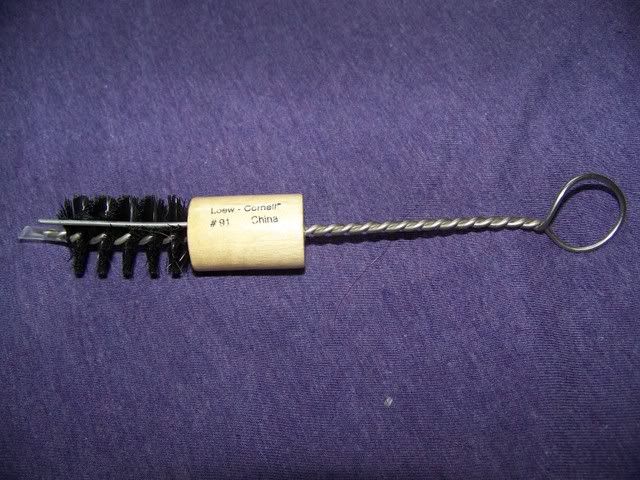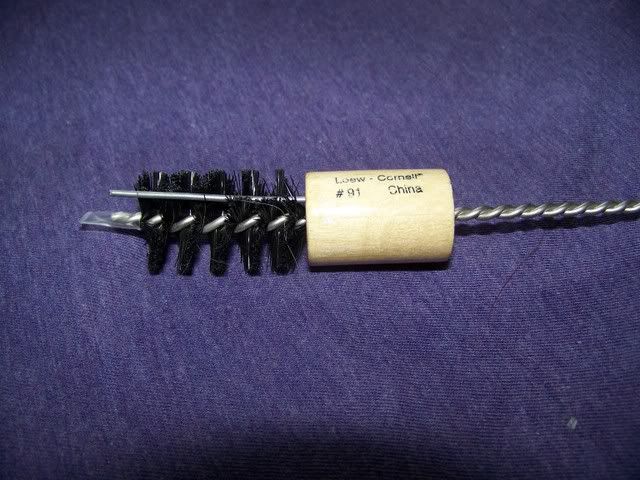PHArchivist
Master Member
Here's a theory of mine...
On my domes, portions along the circumference of the edges get a little wonky (see my fabulous, technical diagram below). I wonder if on the original they may have experienced this, and perhaps added styrene bands along the edge to address this, and/or add some interest and a "manufactured" look to the otherwise plain dome.

On my domes, portions along the circumference of the edges get a little wonky (see my fabulous, technical diagram below). I wonder if on the original they may have experienced this, and perhaps added styrene bands along the edge to address this, and/or add some interest and a "manufactured" look to the otherwise plain dome.












